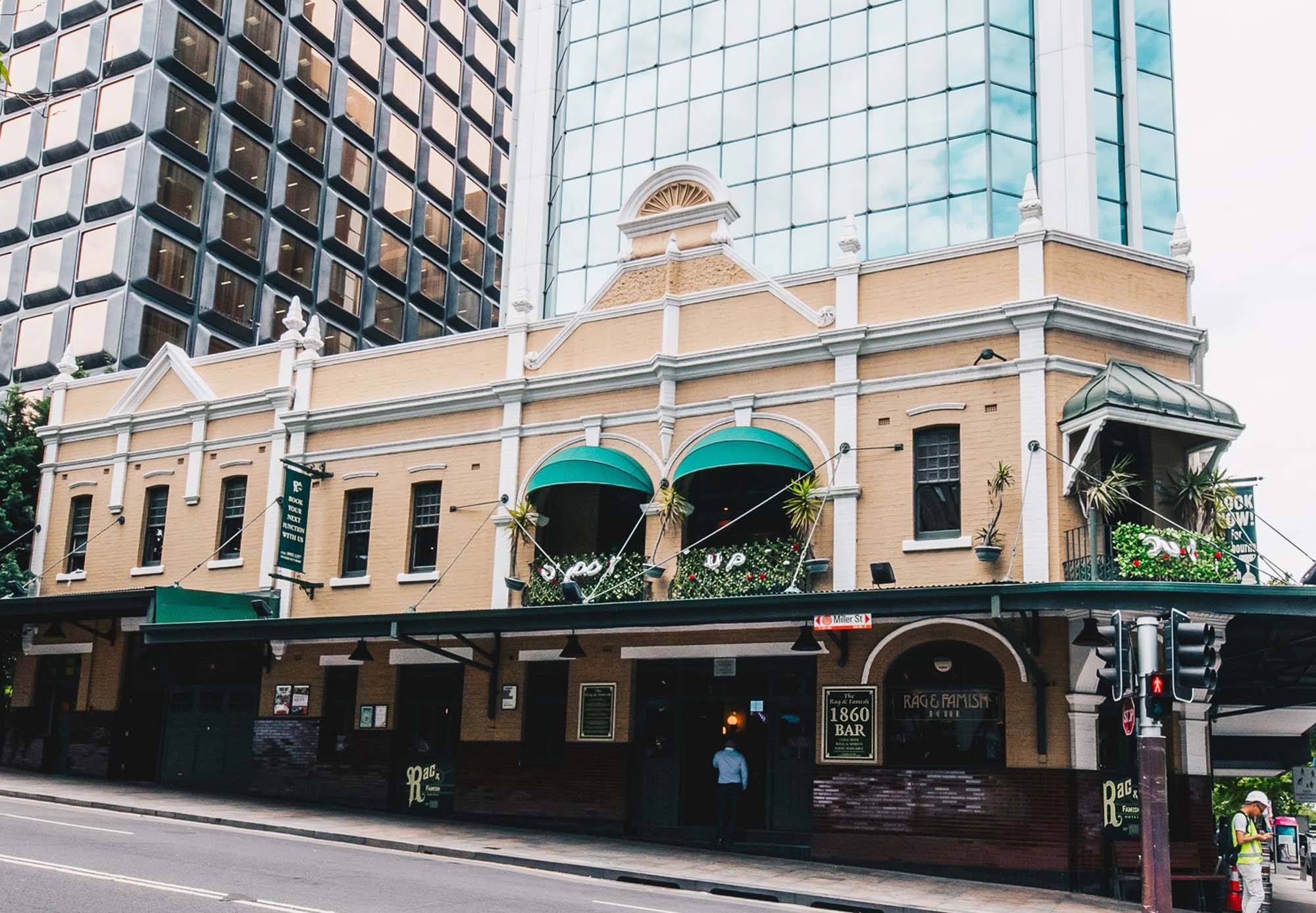Opinion
Peter Calligeros, well known AHA NSW North Sydney Delegate and 15 Club Member, penned his concerns over the mire of land tax issues facing hoteliers.
It is hard to keep people focused when you start talking about land tax.
Just mentioning the phrase can induce a glazed-over look even in people who have a vested interest in understanding it.
The process behind how land is valued, the amount of land tax charged and how council rates are decided is bureaucratic – and almost deliberately opaque.
I do not pretend to nave all the answers, but I have recently been on a crusade to get some concrete answers in relation to my own hotels.
I think explaining the process I have been through can be of value to publicans in NSW - particularly as a large number of hotels in this state are also heritage buildings.
In NSW land values are decided by office of the Valuer General. It determines land values at 1 July each year in line with the Valuation of Land Act 1916.
Under section 6A (1) Of the Act, they must assume the land is vacant and value it on its "highest and best permitted use” – a phrase we will re-visit later.
They also must take into account current zoning and planning restrictions determined by local councils.
In a media release from January this year detailing new land values, the NSW Valuer General said property sales are the most important factor valuers consider when determining land values.
They said new land values were assessed following analysis of more than 61,000 property sales.
Overall, land values increased across NSW by 26% from $2.25 trillion to $2.84 trillion in the 12 months to 1 July 2022. Increases were experienced on a state-wide basis across all property categories.
Residential land values across the state increased by 24% overall, while commercial land values across the State increased by 22% overall.
Having the value of your land increase seems like a good thing – especially if you are going to sell.
But these land values are used by councils for calculating and distributing rates and Revenue NSW for calculating land tax liability.

Peter Calligeros
So, for those who are trying to continue running their businesses in a time of ever-increasing costs, the news is not so good.
Several of my hotels including The Rag and Famish at North Sydney, which I will use an example, are heritage buildings.
I cannot knock it down and re-build it, add to it or expand it, except in very limited and controlled ways.
I cannot build a 40-storey office tower above The Rag and Famish like my neighbours in North Sydney, which in pure dollar terms would seem the "highest and best permitted use”.
When I did a land value search it was classified as 14G Heritage consideration.
The document included the phrase: “land value is worked out as the freehold value of the land with regard to Heritage restrictions imposed under a planning instrument".
I looked up 14G under the Land Tax Act and does not really say what it is. I then rang the office to follow up and received very little information.
What they would not – or could not – tell me was whether all heritage items are given the same compensation with a 14G.
They also could not say what exactly 14G meant.
Does having a 14G restriction on what you can do with your own property equate to a 5%,10% or 15% reduction in land value?
And does that reduction apply across the board, in all council areas evenly, or is it different in say Dubbo and North Sydney?
The details are not spelled out in the Act and no one could tell me over the phone.
I believe, at a minimum, this should be transparent and available and clearly consistent across the state.
I am also interested in the role of state versus local government planning.
The Rag and Famish is still very much controlled by North Sydney Council whilst most other commercial sites in the suburb are now controlled by the state government planning panel, which throws the local council Development Consent Process out the window.
So, I cannot unlock the full potential of my land because I am
Opinion
locally heritage-listed, yet the site next door can, for example, go up 40 storeys, maximising its potential because it’s controlled by the state planning body. Therefore, the average land price value has significantly gone up in North Sydney boosted by state government approvals not local government.
When I looked closer there also seems to be huge variation in price per square metre of sites and there does not seem to be any explanation as to why.
For example, in Surry Hills, where I have another hotel, the value goes from $6,000 per square metre to $43,000 per square in a few streets.
All the land is mixed use and in the same suburb.
How is this possible?
On receipt of your Notice of Valuation or land tax assessment, you may lodge an objection with the Valuer General if you believe your land value has been incorrectly assessed or the information contains errors.
But the Valuer General does not accept objections from a group petition – and if you own more than one property, you must lodge an objection for each.
If your property has multiple owners or lessees, you must also tell each of them that you are lodging an objection.
They then forward you a kit which is quite detailed in parts and includes benchmark component reports.
These are quite detailed reports on properties to compare with, however, they do not give you your own property.
I feel this issue is something we need to address as an industry and I raised t recently at an AHA NSW Council meeting.
We need to lend our combined voices to push for transparency and fairness.
At the least I urge you all to go online and search your own land valuation.
To ask questions and demand answers.
Don't let the subject matter or the labyrinth of bureaucracy deter you.
Hoteliers are the custodians of many of this states oldest, most iconic and most lived-in buildings.
It is an honour to run a business from these cultural touchstones, but the price of preserving and maintaining and consideration to what we are actually allowed do to these mostly heritage treasures should be taken into account when the tax bill comes.
Peter Calligeros

Rag & Famish, North Sydney